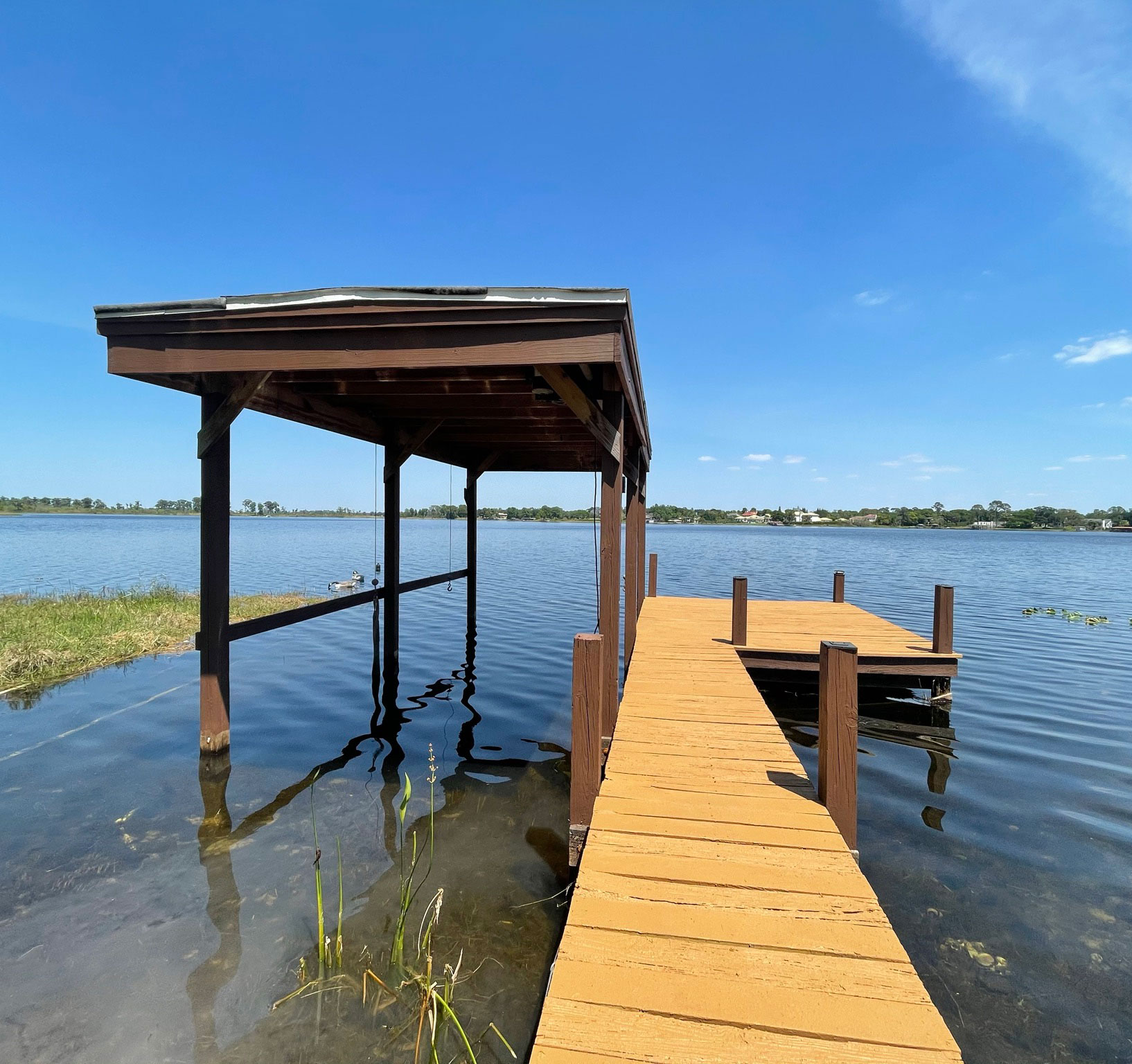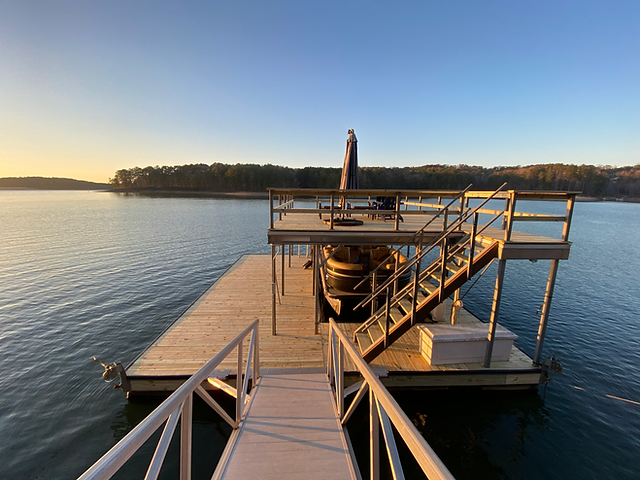Comprehending the Costs Involved in Dock Repairs
Comprehending the Costs Involved in Dock Repairs
Blog Article
Just How to Address Common Dock Fixing Issues for Safe Water Activities

Identifying Common Dock Issues
Determining typical dock problems is important for maintaining the capability and safety and security of your waterfront home. Normal examinations can help reveal problems before they end up being severe, making sure both the longevity of the dock and the safety of those that use it.
An additional common trouble is the destruction of flotation gadgets. These tools are essential for maintaining the dock resilient, and any type of damages or leaks can create the dock to listing or sink. Regularly inspecting for leaks or water logged floats can preempt a lot more significant concerns.
Additionally, algae and barnacle build-up on the dock's surface area can produce hazardous and slippery problems. This biofouling not only positions a threat to customers however can additionally increase the wear and tear of the dock materials.
Lastly, checking for indicators of corrosion on metal elements is crucial. Rust can endanger the integrity of the dock's framework, making it risky. By regularly identifying these usual dock problems, you can make certain that your dock stays secure and practical for years to come.
Fixing Rotting Timber
When attending to the issue of decaying timber on your dock, it is essential to act promptly to stop additional damage. Begin by thoroughly inspecting the whole framework to determine all influenced locations. Utilize a screwdriver to probe the wood; if it sinks in quickly, the timber is likely decomposed and requires prompt focus.
Once determined, eliminate the decayed areas using a saw or sculpt. Make sure to cut back to healthy and balanced, solid timber, guaranteeing you remove all endangered material. After removal, treat the continuing to be wood with a timber preservative to avoid future rot. This therapy will help safeguard against moisture, which is the primary reason of timber decay.
Following, replace the eliminated sections with marine-grade lumber or pressure-treated timber, which are more resistant to water damages. Protect the new items with stainless-steel or galvanized fasteners to avoid corrosion. Furthermore, applying a water resistant sealant to the brand-new timber can provide an additional layer of protection.
Safeguarding Loose Boards
How do you guarantee your dock stays practical and secure for all its customers? One critical aspect is protecting loose boards, which can or else posture considerable dangers. Loose boards not just raise the risk of tripping yet can also compromise the architectural integrity of the whole dock.

For reinstallation, make use of galvanized or stainless steel screws, as these products offer remarkable resistance to deterioration in marine settings. Make sure the screws are long sufficient to pass through deep right into the underlying support framework, yet not as long that they stick out via the dock's surface area. Pre-drilling pilot holes can assist protect against the wood from splitting.
Last but not least, maintain a routine inspection timetable to recognize and resolve any kind of new problems quickly. By protecting loose boards successfully, you add to the total security and long life of your dock, making it a reliable system for water activities.
Maintaining Unsteady Pilings
Making sure the stability of unstable pilings is vital to preserving a risk-free and functional dock. Unstable pilings can endanger the entire structure, presenting significant threats to users and possibly resulting in costly repair services. The very first step in maintaining these important components is a detailed assessment. Analyze the pilings for indicators of rot, damages, or changing. Utilize see this website a level to examine for vertical positioning and guarantee they are driven deep enough right into the substrate to supply appropriate support.
If the pilings are located to be unpredictable, one efficient technique for reinforcement is using extra supporting. Cross-bracing with treated lumber or galvanized metal can significantly enhance stability. Anchor the dental braces safely to both the pilings and the dock framework to distribute tons evenly.

Normal upkeep and routine review of the pilings' stability are essential to ensuring long-term dock safety and capability.
Changing Rusty Equipment
Attending to unstable pilings is just one facet of keeping a dock's integrity; one more crucial worry is changing rustic hardware. Gradually, direct exposure to dampness and salt can result in the oxidation and deterioration of braces, screws, and bolts, jeopardizing the entire framework's security. Regular assessment for corrosion is necessary, particularly after serious weather or seasonal changes.
When rusty hardware is recognized, instant activity is needed. Begin by picking marine-grade stainless steel or galvanized equipment, both made to withstand the extreme marine setting. Make certain that you have the ideal devices, such as screwdrivers and wrenches, to safely remove the old, rusty pieces without causing more damage to the dock.
After eliminating the rusty equipment, extensively clean the affected areas to get rid of any type of recurring rust or particles. Apply a rust-inhibiting primer to exposed metal surface areas prior to setting up the new hardware. Tighten up all components securely to protect against future helping to loosen, and periodically evaluate the installations to ensure continuous stability.
Replacing rustic equipment not only prolongs the dock's life-span however likewise considerably improves the safety of water activities. By proactively managing deterioration, you secure both the framework and its users, guaranteeing a secure and delightful waterside experience.
Final Thought
Regular examinations and upkeep are necessary to resolve typical dock fixing problems and ensure secure water tasks. Such aggressive steps add to the overall safety and capability of dock frameworks, cultivating a secure atmosphere for water-based activities.
Making certain visit this site the safety and security of water tasks pivots substantially on the correct maintenance and repair work of docks (Dock Repairs). These tools are vital for keeping the dock buoyant, and any damage or slits can create the dock to listing or sink. By routinely identifying these usual dock issues, you can ensure that your dock continues to be protected and useful for years to come
Guaranteeing the stability of unstable pilings is critical to maintaining a useful and secure dock.Normal examinations and maintenance are essential to attend to typical dock repair concerns and make sure safe water activities.
Report this page